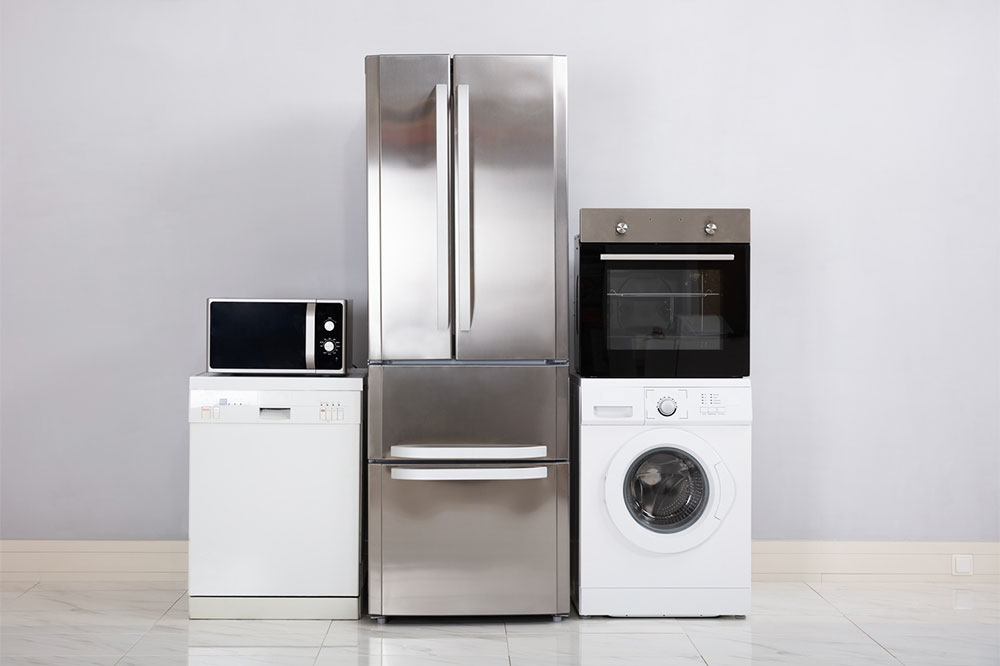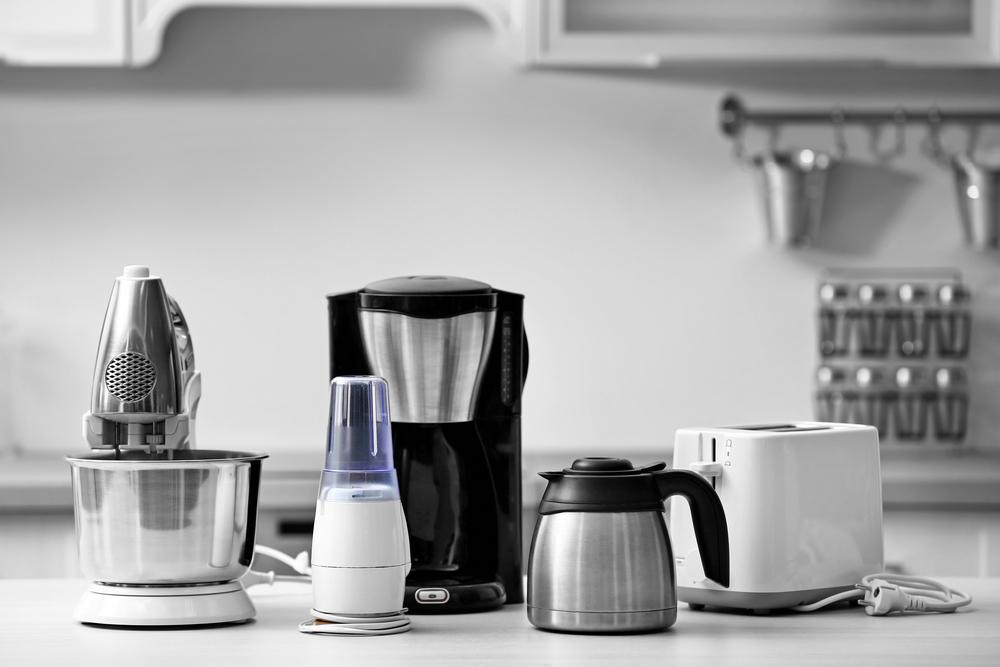Comprehensive Guide to Home Appliance Protection Plans and Warranties
This comprehensive guide explores home appliance protection plans, detailing how they work, costs involved, and tips for selecting the ideal coverage. Learn to safeguard your household appliances effectively, reduce repair expenses, and enjoy peace of mind with tailored home warranty plans. Perfect for homeowners seeking reliable appliance protection solutions.

Understanding the Importance of Home Appliance Protection
In today's modern households, the reliance on various home appliances is greater than ever. From refrigeration to heating systems, these appliances are vital for daily comfort, convenience, and efficiency. However, with frequent usage comes the inevitable risk of mechanical failures and breakdowns. To safeguard against unexpected repair costs and prolong the lifespan of essential devices, many homeowners are turning to home appliance protection plans, commonly known as home warranties. These plans offer a financial safety net, covering repair and replacement expenses for a range of household appliances and systems. This comprehensive guide aims to shed light on what appliance protection plans entail, how they operate, their costs, and tips to select the most suitable plan for your household needs.
What Are Home Appliance Protection Plans?
Home appliance protection plans are service agreements designed to cover the repair and replacement costs of major household appliances and systems. Unlike home insurance policies, which primarily cover damages resulting from perils such as fire, theft, or natural disasters, these plans focus on routine wear and tear that leads to malfunction over time. Think of it as an added layer of financial protection aimed at minimizing unexpected expenses associated with the typical lifespan and usage of appliances such as refrigerators, washing machines, ovens, water heaters, HVAC systems, and even some outdoor or built-in systems like pools or septic tanks.Most protection plans are offered as bundled packages that cover multiple appliances under a single contract. Consumers have the option to customize their coverage by adding specific items or systems, which is especially beneficial for households with unique needs or costly appliances. For example, a homeowner may want to include coverage for a pool or septic system, which is often available as optional add-ons at additional costs. These plans typically categorize coverage into individual appliances and comprehensive system coverage, allowing homeowners to tailor their plans appropriately. The scope and depth of coverage can vary widely, emphasizing the importance of reviewing plan details thoroughly before signing up.
In the industry, these plans are also known as home repair insurance or appliance warranties, with some policies focusing solely on specific appliances or parts rather than offering broad coverage. This makes choosing the right plan crucial to ensure maximum benefit and protection.
Operational Mechanics of Appliance Protection Plans
How exactly do these plans work? Essentially, they function as service contracts that activate when an appliance malfunctions. When a covered appliance stops working or develops a fault, the homeowner contacts the plan provider, who then dispatches a qualified technician to assess and diagnose the problem. Once identified, the technician proceeds with the necessary repairs. If the appliance cannot be repaired economically or efficiently, the provider arranges for a replacement—often at minimal or no additional cost to the homeowner, typically limited to a service fee, which is usually under $100.
Many plans combine coverage for appliances with protection for home systems, creating an all-encompassing home warranty. This synergy offers homeowners peace of mind, knowing their entire household infrastructure is safeguarded against costly failures.
Coverage Scope and Examples
Depending on the plan selected, coverage may include appliances like dishwashers, ovens, refrigerators, washing machines, dryers, water heaters, and HVAC systems. Some plans even extend to lesser-used appliances such as ceiling fans or garbage disposals, though these are often available at an extra cost. For specialized items like food processors or small kitchen gadgets, individual manufacturer warranties or extended warranties from the retailer may be more economical. It's vital to read the policy details to understand which appliances and systems are included, their coverage limits, and any exclusions. Typically, items such as pools, garage door openers, or smart home devices are excluded unless specified in comprehensive plans.
Pricing and Cost Factors
The cost structure of appliance protection plans generally involves two main components: a recurring monthly or annual premium and a per-service fee paid when a technician is dispatched for repairs or replacements. The premium is a fixed amount, often varying based on the level of coverage, the number of appliances covered, and geographic location. The service fee, which generally ranges from $50 to $100, is paid each time a covered appliance requires repair or replacement. Some plans offer tiered options, where homeowners can choose higher service fees for lower monthly premiums or vice versa, tailoring the plan to their risk tolerance and budget.
Typical Costs and Budgeting
For most homeowners, annual premiums range between $400 and $1,000, depending on coverage extent and appliance risks. For example, coverage that includes high-end or high-risk appliances—such as HVAC systems or pools—tends to be more expensive. When a repair is needed, the technician handles diagnostics and repairs, with the homeowner paying only the service fee. For instance, if a refrigerator compressor fails, the technician inspects, repairs, and bills the provider, with the homeowner responsible for the fixed service fee, keeping unexpected expenses manageable.Choosing the Right Appliance Protection Plan
Identify Your Actual Needs
Review your household appliances and systems to determine which ones are most at risk of failure or costly to repair. Select a plan that adequately covers these items. Many providers offer pre-set packages, but customizable plans allow you to pick specific appliances, ensuring you’re not paying for coverage you don’t need.
Examine Policy Limitations and Exclusions
Pay close attention to the fine print detailing coverage limits. For example, some plans cap payouts per appliance at a certain amount, such as $3,000, which could impact your coverage if your appliance’s repair costs exceed this limit. Understanding these limitations helps manage expectations and avoid surprises during claims.
Assess Your Appliances' Age and Warranties
If your appliances are relatively new and still under manufacturer warranties, additional coverage might be redundant. Conversely, for older appliances or if your home lacks manufacturer warranties, protection plans offer valuable peace of mind, helping to mitigate expensive repairs that could otherwise strain your budget.
When selecting a provider, consider reputable companies known for reliability and good customer service. Trusted industry associations like the National Home Service Contract Association (NHSCA) can guide you to reputable providers. Some recognized options include:
American Home Shield
Offers comprehensive plans starting around $70 per month, with customizable options covering appliances and home systems.
Select Home Warranty
Provides affordable coverage tailored to household needs, with flexible plans that include optional add-ons.
Choice Home Warranty
Known for budget-friendly plans and extensive coverage options suitable for various homeowners.
In summary, choosing the right home appliance protection plan involves careful evaluation of your household's specific needs, understanding the coverage details, and selecting a reputable provider. Properly chosen, a protection plan can save you significant costs, provide peace of mind, and keep your household running smoothly regardless of unexpected appliance failures.





